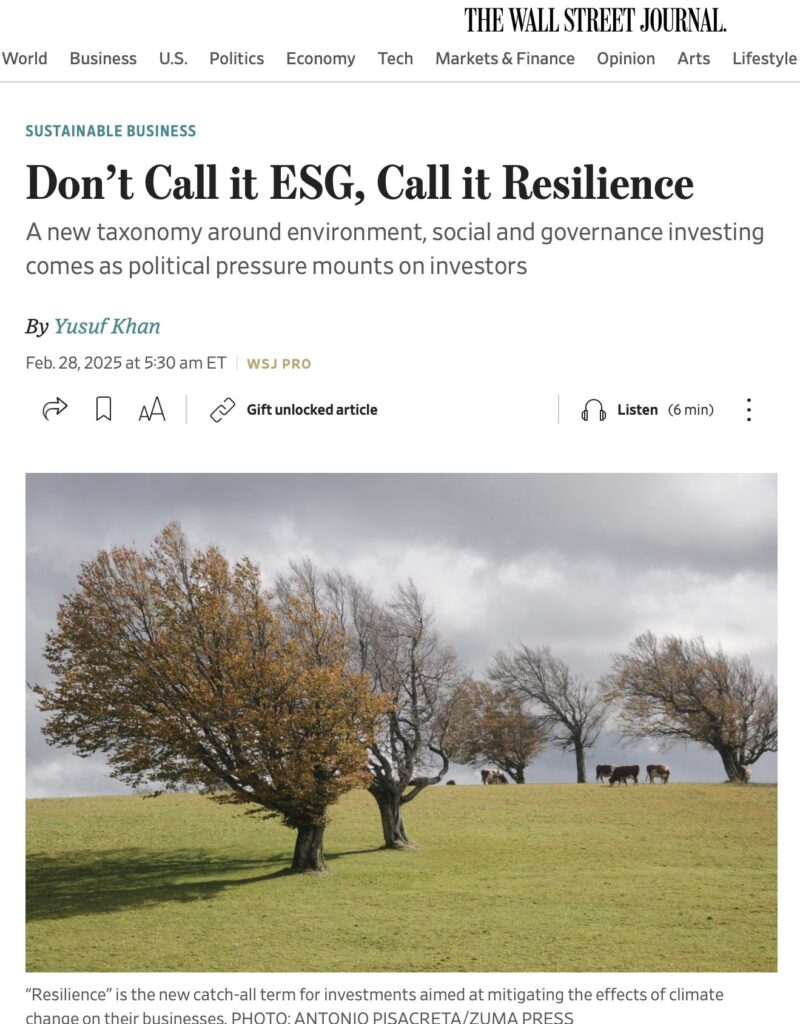Net Zero is Dying Around the World But the Diehards Live on Helped by Vast Amounts of Chinese Coal
Net Zero is Dying Around the World But the Diehards Live on Helped by Vast Amounts of Chinese Coal by Chris Morrison In 2021, President Xi Jinping promised that China would “strictly limit the increase in coal consumption over the 14th five-year plan period (2021-2025) and phase down in the 15th five-year plan period (2026-2030)”. Perhaps […]
Stormy Weather for NOAA as Efficiency Cuts Claim Hundreds of Jobs
https://www.breitbart.com/environment/2025/02/28/stormy-weather-for-noaa-as-efficiency-cuts-claim-hundreds-of-jobs/ Hundreds of staffers on probationary status at the National Oceanic and Atmospheric Administration (NOAA) were laid off Thursday as the Trump administration’s Department of Government Efficiency (DOGE) continues to slash the federal workforce. Overall some 880 workers – including weather forecasters – were let go as the deep state purge goes on, CBS reported. There […]
‘Don’t Call it ESG, Call it Resilience’: New buzzword tries to pretty up energy fraud

https://www.wsj.com/articles/dont-call-it-esg-call-it-resilience-067a2a9a?mod=Searchresults_pos5&page=1 By Yusuf Khan There’s a new buzzword in sustainability circles when it comes to investing in renewables and clean technologies: resilience. “In the beginning you had ‘social’ and ‘responsible investing’ and then it became ‘ethical investing’ and then a whole host of other things have sort of emerged from that,” said Jason Britton, chief product […]
Reuters now admits total climate fiasco! ‘The pursuit of net zero carbon emissions has been a resounding failure. Despite trillions of dollars spent on renewable energy, hydrocarbons still account for over 80% of the world’s primary energy’

Feb 27 (Reuters Breakingviews) – The pursuit of net zero carbon emissions has been a resounding failure. Despite trillions of dollars spent on renewable energy, hydrocarbons still account for over 80% of the world’s primary energy and a similar share of recent increases in energy consumption, according to The Energy Institute. Coal, oil and natural gas production are at record highs. Emissions of greenhouse gases continue to rise inexorably. The financial markets were already losing confidence in the energy transition before Donald Trump returned to the White House. A more realistic approach to climate policy is urgently needed.
…
Solar and wind power have grown to a mere 3.5% of primary energy production. The levelised cost of renewable energy – which measures of the net present value of electricity produced over a plant’s lifetime – has declined sharply over the years. But this has not resulted into lower electricity prices. In fact, as the share of the energy mix provided by renewables has risen, electricity prices have tended to increase. That’s because wind and solar power are intermittent. Since storing energy in batteries is uneconomic, traditional sources of power are still needed as backup, which is expensive.

…
Targets for reducing greenhouse gas emissions are measured on territorial production. This incentivises countries to switch from domestic manufacturing to importing energy intensive goods, often from countries such as China and India, whose factories are largely powered by coal-powered electricity. Thus, the reduction in an individual country’s emissions can lead to an increase in global emissions.
…
The energy expert Vaclav Smil has likened the costs of the planned energy transition to those incurred by a nation fighting total war for decades on end. … Energy transitions, as Smil has pointed out repeatedly, take a very long time. There have been successful earlier shifts – from wood to coal, coal to oil, and oil to natural gas. Each was accomplished by market forces rather than government fiat.
